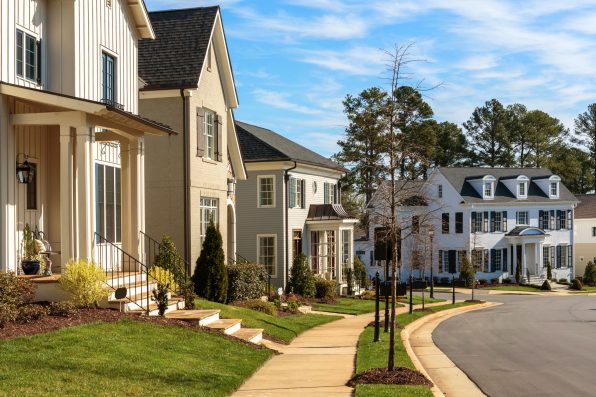New Research Suggests Living In A Wealthy Neighborhood Doesn’t Always Mean You’re Safer

When it comes to choosing a place to live, safety is frequently at the top of the list of priorities for both individuals and families. A new study delves into this concern by looking into the correlation between affluence and safety across various neighborhoods. Wealthier neighborhoods have a reputation for being safe and secure, but findings show that this isn’t always the case.
Living in America’s wealthiest neighborhoods does not guarantee safety. Researchers from Rutgers University have found that affluent areas are subjected to certain health and environmental risks. No community is free from danger.
“Relationships between income and the geography of hazards and risks are not that simple. Low-income areas are burdened by many hazards, yet even the most affluent suburban residents cannot escape the hazards of living near industrial and waste management facilities,” Michael Greenberg, the lead author of the study, explained.
Some of the most desired places to live in the country are also the most vulnerable to natural disasters. Affluent areas in California, such as Malibu, Beverly Hills, and Los Angeles, are prime targets for earthquakes, landslides, and wildfires. According to the study, seven out of 10 locations for wealthy communities are in California.
Other risky locations that the rich tend to live in are Houston, Texas; Huntsville, Alabama; and Oklahoma City, Oklahoma. These areas are all susceptible to fires, floods, earthquakes, and tornadoes.
The wealthy have more to lose in terms of property value when these disasters strike. Usually, their homes are worth millions of dollars, so the economic impact of such a loss is particularly devastating.
Additionally, these communities are located in more densely populated areas, which means they are near luxurious restaurants, glamorous entertainment, and more lucrative job opportunities. However, this means they face urban hazards such as industrial waste and heavy traffic. They are exposed to increased levels of pollution and toxic materials.
On the other hand, the poorest communities, often rural, deal with a completely different set of challenges. The research revealed that the lowest-income areas have at least 50 percent higher rates of violence compared to the national average. They also have higher rates of smoking and lower life expectancy.
Limited access to healthcare proved to be another major issue. It’s harder for residents of rural communities to receive the care they need because those areas lack nearby hospitals and specialists.

Studio D – stock.adobe.com – illustrative purposes only
In the study, the researchers also compared the richest and poorest places in several states, highlighting the deep divide between the communities.
They examined Marvin, an affluent suburb of Charlotte in North Carolina, and a struggling town called Enfield, located right on the state’s border.
Although they are just 260 miles away from each other, they couldn’t be more different. Marvin’s economy is booming with highly ranked schools and a population of over 85 percent non-Hispanic whites.
Meanwhile, Enfield is 85 percent African American, with a substandard school system and not many job opportunities.
Overall, this study shows that socioeconomic status influences the types of risks people are exposed to and underscores the fact that no one is safe from environmental hazards.
The study was published in Risk Analysis.
Sign up for Chip Chick’s newsletter and get stories like this delivered to your inbox.
More About:News





